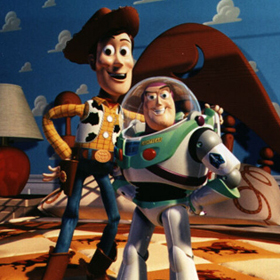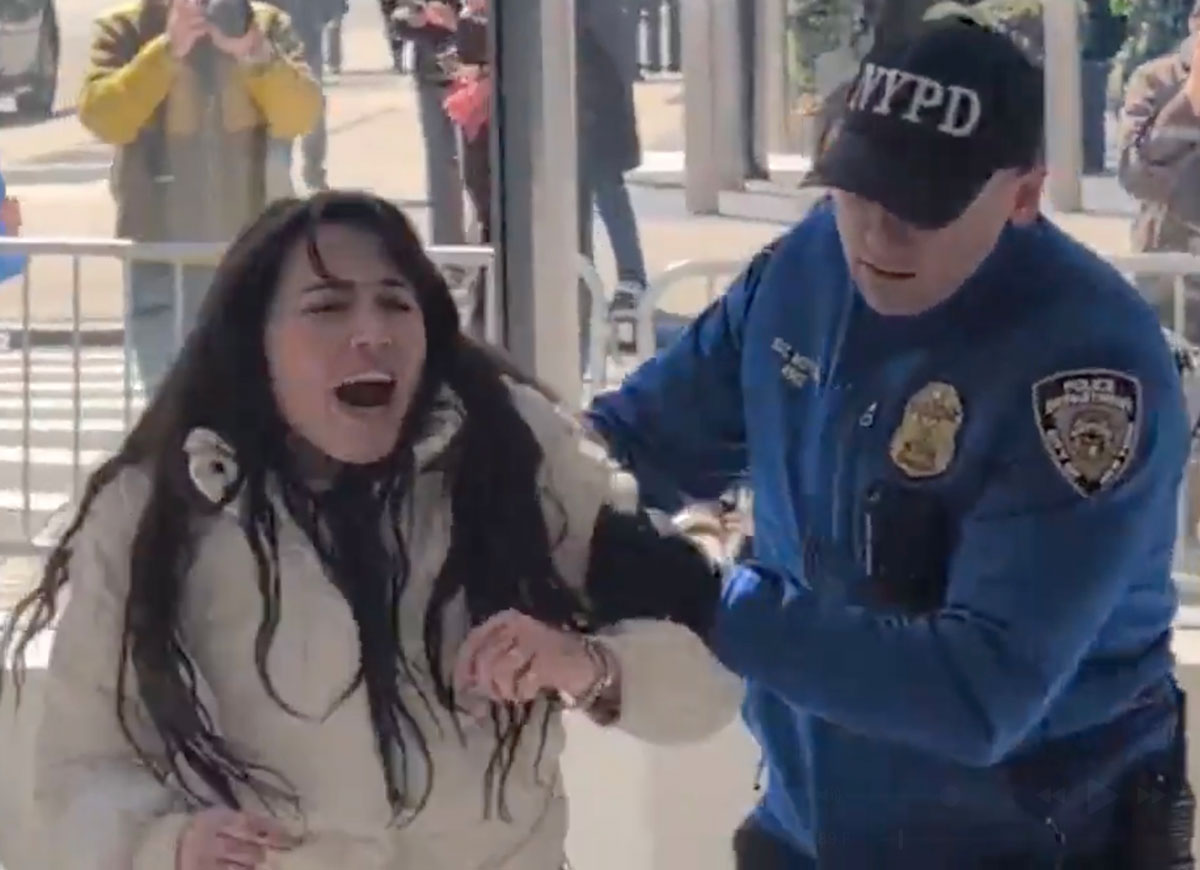Toy Story 3

5/5
At this point, Pixar's output has become so consistently and uniformly excellent that it's almost boring. With the dominant critical thinking being that great art is produced by maverick geniuses who pursue their own personal vision against all obstacles, Pixar has somehow created an assembly line for brilliance. Pixar films tend to follow a formula: take some instantly loveable and endearing characters, send them on a grand adventure, make it funny, sad, exciting, and somehow appeal to both children and adults equally. They make it look so simple you wonder why all films aren't great.
But no one stays on top forever and early on in the production of Toy Story 3 there was some speculation that this would be the film where Pixar finally slipped up. After all, it is a third sequel to a children's film being released 15 years after the original. That very idea is ridiculous: the Toy Story franchise is older than its target market. And with Pixar coming off a string of hits that had surpassed ever-heightening expectations and now returning to their most beloved franchise, the one that launched the entire studio, well, expectations would be so high there's no way they could do anything but disappoint, right?
You'd think so, but somehow they don't. Toy Story 3 is everything you could want it to be. I would say that it will probably be seen as Pixar's crowning achievement, but then they said that about Wall-E too, so don't be surprised if Pixar come back in a couple of years with another film that seems like the best film they could possibly make. As it stands, Toy Story 3 is really as good as it gets.
The films picks up years after the second installment, with Andy all grown up, about to leave for college and the toys facing an uncertain future. Woody wants them to accept that their fate is to be put in the attic and continue to “be there for Andy,” whether he wants them or not, but many of the others feel it's time to cut their losses and move on to somewhere new. A series of misunderstandings finds them winding up at Sunnyside, a day care center that at first seems to offer them that new start, with no owners to outgrow them and constant playtime, but quickly turns sinister when they realize the day care is run like a prison camp and the new toys are sacrificed to the merciless abuse of children too young to know how to play with them.
On the surface, it seems like the most genre-bound of the series: it's a prison escape flick, and it hits all the beats you'd expect from that kind of story. But there's something else going on too that makes it much more than just “The Great Escape" but with toys. On one of the DVD extras, the director describes how much he liked a key piece of character back story because it felt “like a toy problem, not a human problem,” which I think underscores what's so unique about the film and the series. The toys' central desires, to be played with, to be loved by someone who will never know that they're actually alive, are not ones that people should be able to relate to, but in the world of the film they make perfect sense. The Toy Story films take what is on paper a limited premise, toys that come alive when no one's looking and really create an entire other world. One of the biggest pleasures of Toy Story 3 is watching them explore the outer edges of this world and seeing how many more creative and ingenious ideas they can still mine from it.
Pixar is also still refreshingly unwilling to tone down or obfuscate the darker elements of the story. While I'd maintain that the first Toy Story is the darkest of the series, Toy Story 3 is certainly the saddest. The ending, while as happy as it could possibly be given the set-up, is still tinged with a lot of melancholy. As Woody and the gang have to leave Andy, who's been the center of their lives for the first two films, Andy becomes the audience surrogate as he says goodbye to the toys, his childhood and the series itself. There was a major risk that this could come across as shameless pandering to the nostalgia of fans who grew up with the films, and, well, it would be if it weren't so effective. There's nothing wrong with sentimentality when it's earned and in closing out a trilogy of near perfect films (no Toy Story 4 please), they've earned the right to a big sappy tearful goodbye.
Bonus Materials:
A commentary track from the director and producer plus one from members of the animation and story departments, the short that played before the film in theaters, and numerous mini-docs about the production and anecdotes from Pixar studios. There's not much here to keep the kids amused, but it's well worth a look for fans wanting to get an insight into the almost supernaturally pleasant inner workings of Pixar, The Most Laid Back Place on Earth.
RELATED ARTICLES
Get the most-revealing celebrity conversations with the uInterview podcast!





Leave a comment